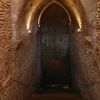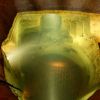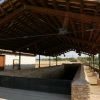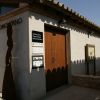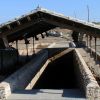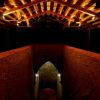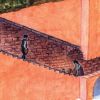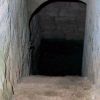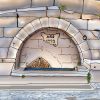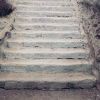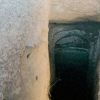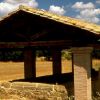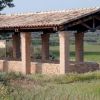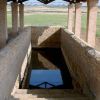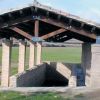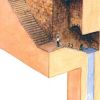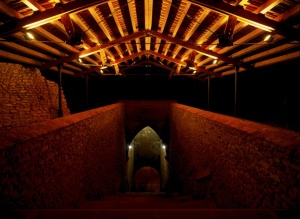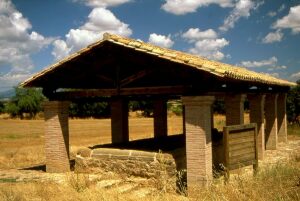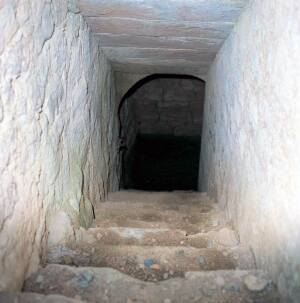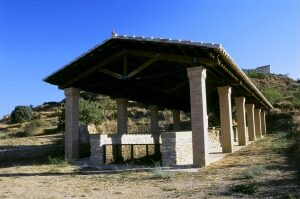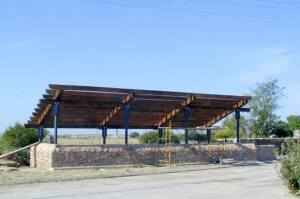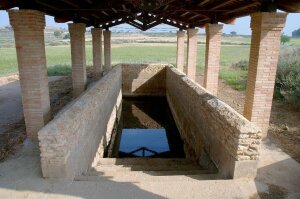Ruta de los Pozos Fuente
Somontano spring wells visitor centre. Laluenga
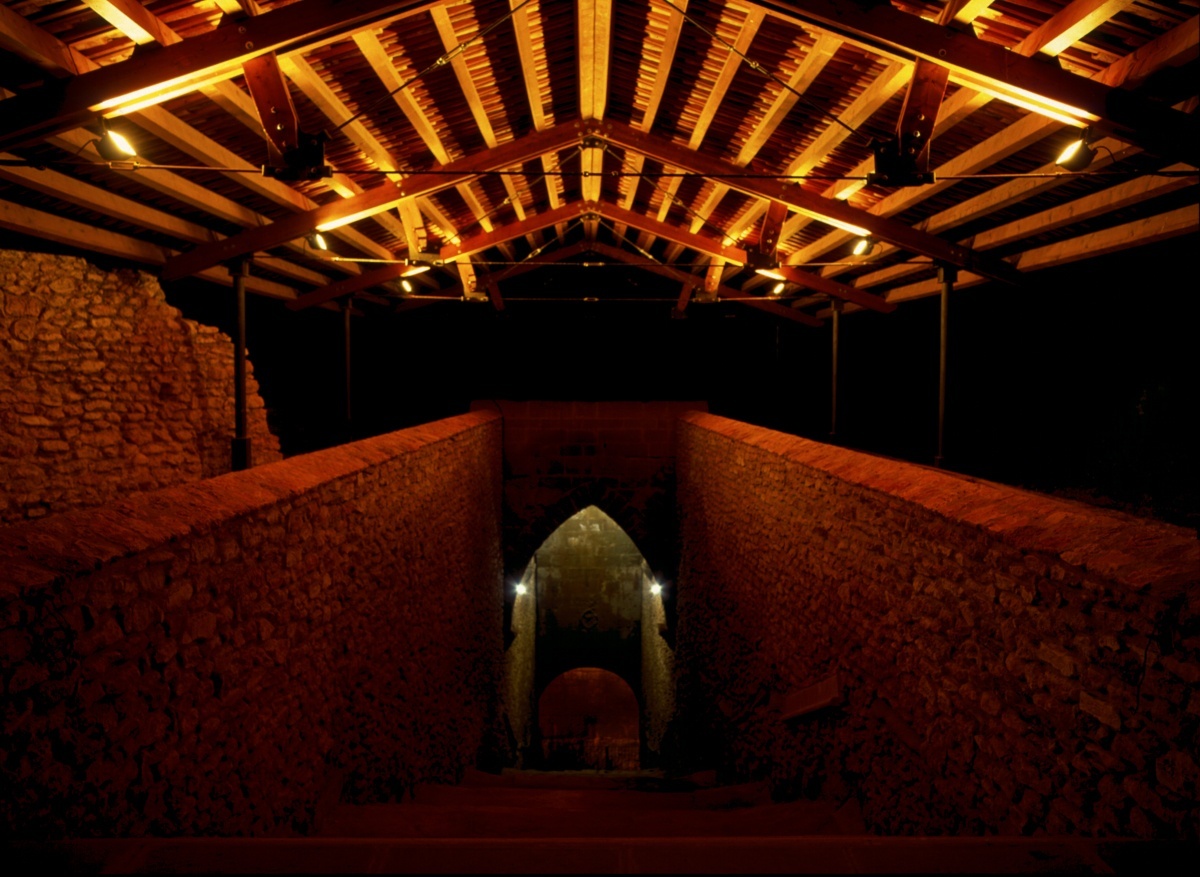
The southern part of Somontano has relatively few water springs that are accessible on at ground level, which in the past forced people to design a system to access underground springs and maintain them. This gave rise to unique spring wells, which are vaulted underground chambers where people could gather water. The secrets of these innovative works of hydraulic engineering are now in display in the centre.
There is also a route known as the Spring Wells of Somontano, which starts in Laluenga (home of the Pozo Nuevo) and goes to Ponzano, Lagunarrota, Monesma de San Juan, Adahuesca and Laperdiguera.
Centro de los Pozos Fuente del Somontano
Zona deportiva. 22125 Laluenga
Teléfono: 974 308 350
Automatic door opening with coins.
Spring Well. Adahuesca
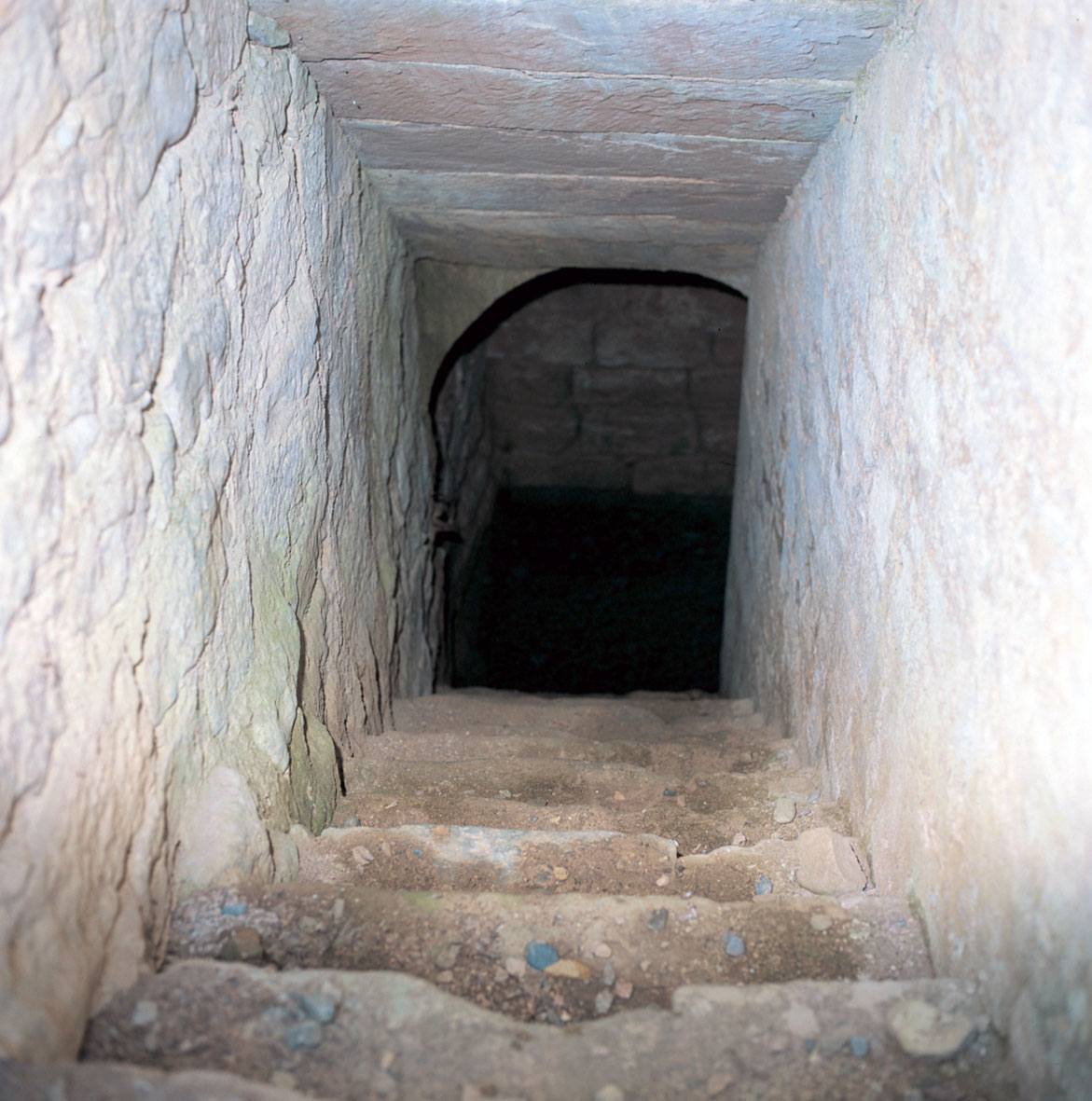
These constructions were the solution to water supply, once a common problem in Somontano. In order to reach the underground spring, people would descend a set of stairs to a vaulted chamber where the water emerged and was stored.
In Adahuesca the staircase down to the spring is totally covered with a trabeated ceiling, which runs parallel to the stairs, creating a sensation of extreme narrowness. All the spring wells in Somontano follow a model with the first stretch of the staircase open and the remaining part covered with a vaulted structure. Because of this, the structure in Adahuesca is quite unique.
On the night of the festival of San Juan, the underground well of Adahuesca is the scene of the sanjuanadas, or purifying baths on the magical night of the summer solstice.
The spring also feeds a conventional fountain that can be seen a short distance away. It is one of the few villages of the region where both kinds of water supply can be found.
Moorish spring well. Ponzano
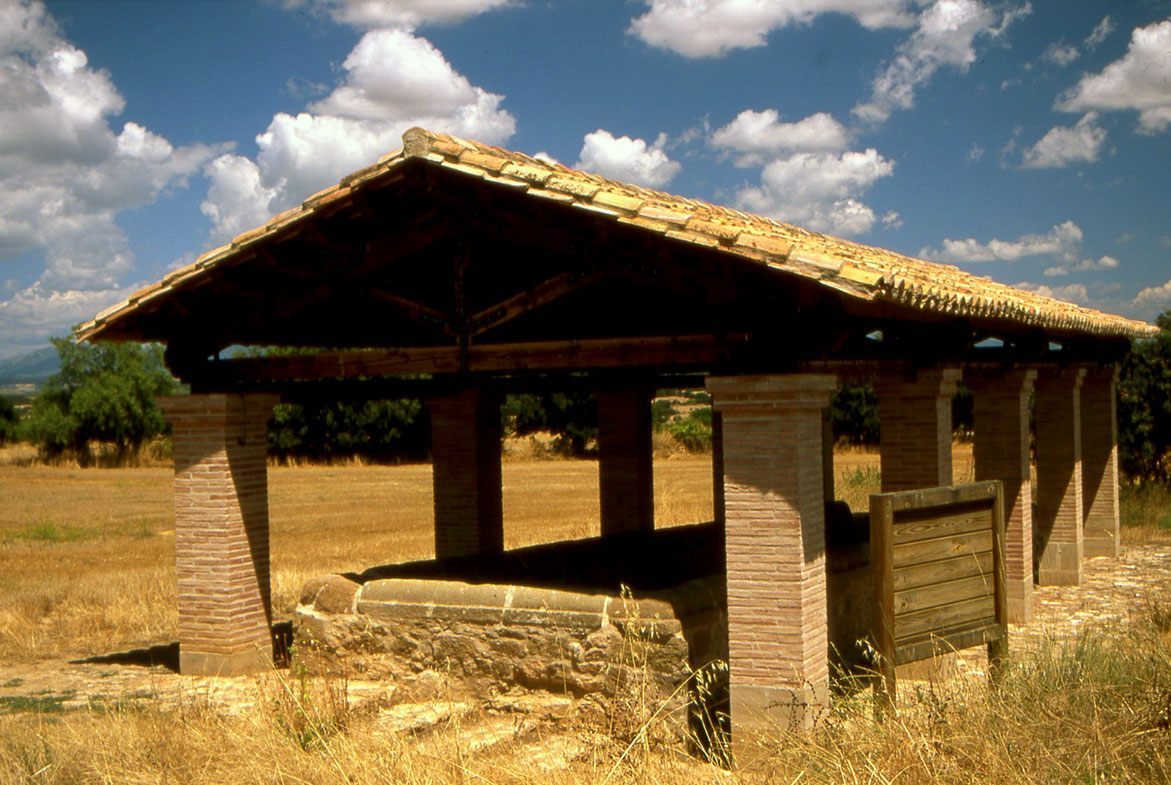
In this part of Somontano where surface springs are scarce, a widespread method was used to guarantee the collection of water. This involved the excavation of a well from the rock in a way that created various galleries, which could be accessed with a partly covered, vaulted staircase.
All the wells in the area have a similar structure; a stretch of uncovered staircase followed by a covered section, leading to the underground chamber that held the water. However, as this well was carved entirely from the rock, it is a little rough in appearance. However, the coarseness of its execution and the irregularity of the vaulted ceiling make it stand out from other constructions of its type and afford it certain charm.
Its origins are uncertain; it possibly dates back to Moorish times or even before and was used for centuries until running water eventually arrived in local houses.
To reach the water underground, great emphasis was placed on the ease of access to make it easier for women as they carried out this obligatory daily chore.
Above the well became a social area of sorts, and while full pitchers rested the specially carved holes of a ledge, young men and women would meet up; the beginning of many courtships.
The nearby village of Laluenga is home to one of the biggest wells to be built in Somontano. As a result, the Spring Well Visitor Centre is located there; a small space where the visitor can discover the key to understanding and valuing these unique elements of our architecture. There are wells across the territory in Lagunarrota, Monesma de San Juan and Laperdiguera.
Spring Well. Monesma de San Juan
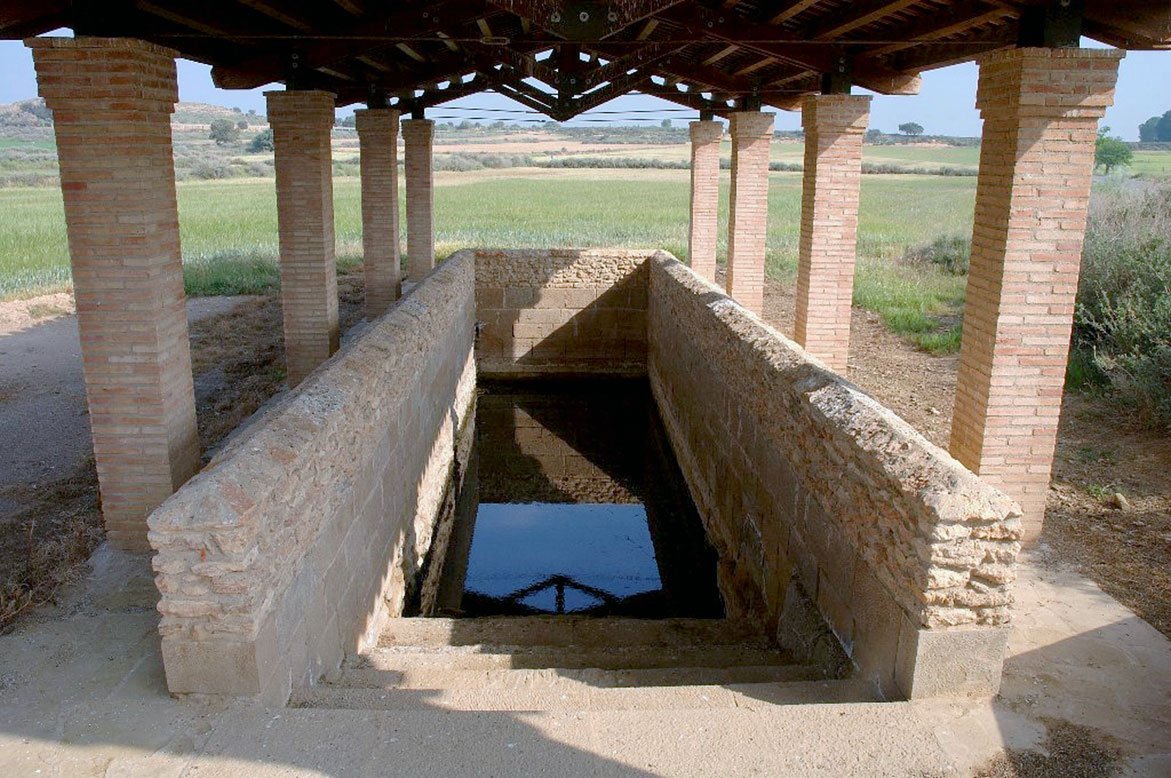
Faced with a lack of surface springs, the people that inhabited the dry lands of Somontano devised an ingenious and comfortable way to reach water under the ground. These are the spring wells, huge structures made up of a ramp with a partly covered staircase, which led down to a vaulted chamber with a water supply.
The spring well of Monesma is know as the “Pozo de la Cabañera” (the well of the livestock track.) The many different flocks and herds that used the nearby livestock track would have stopped here to drink from a trough, which must have taken great effort to fill and many trips up and down the stairs.
The soft water from this well was not suitable for drinking. However, thanks to three galleries excavated from the rock that filtered the water, it flowed well.
Next to the well there were a number of stone sinks used for washing clothes. To fill them was hard work and many of the older ladies who washed their clothes there would need the help of the village’s young men.


